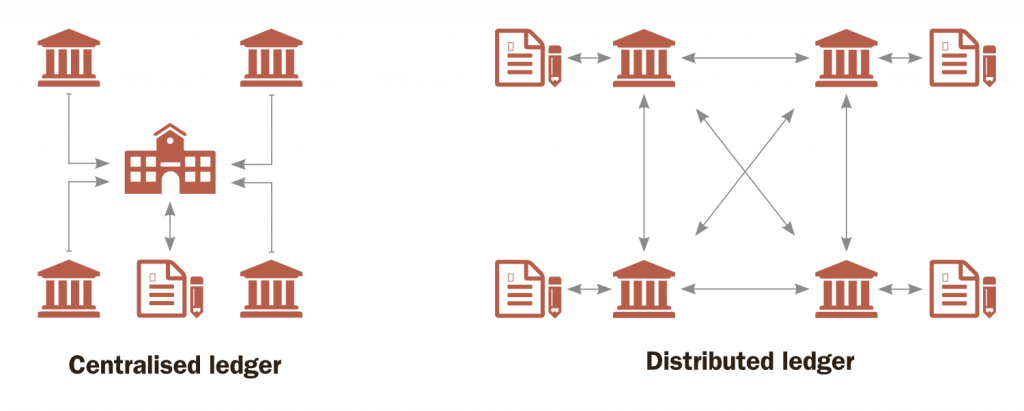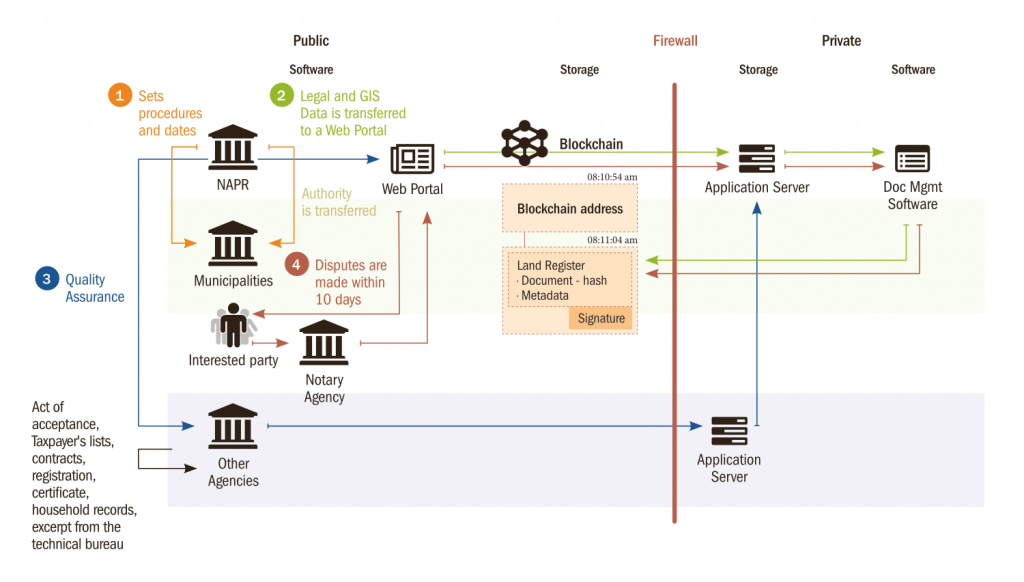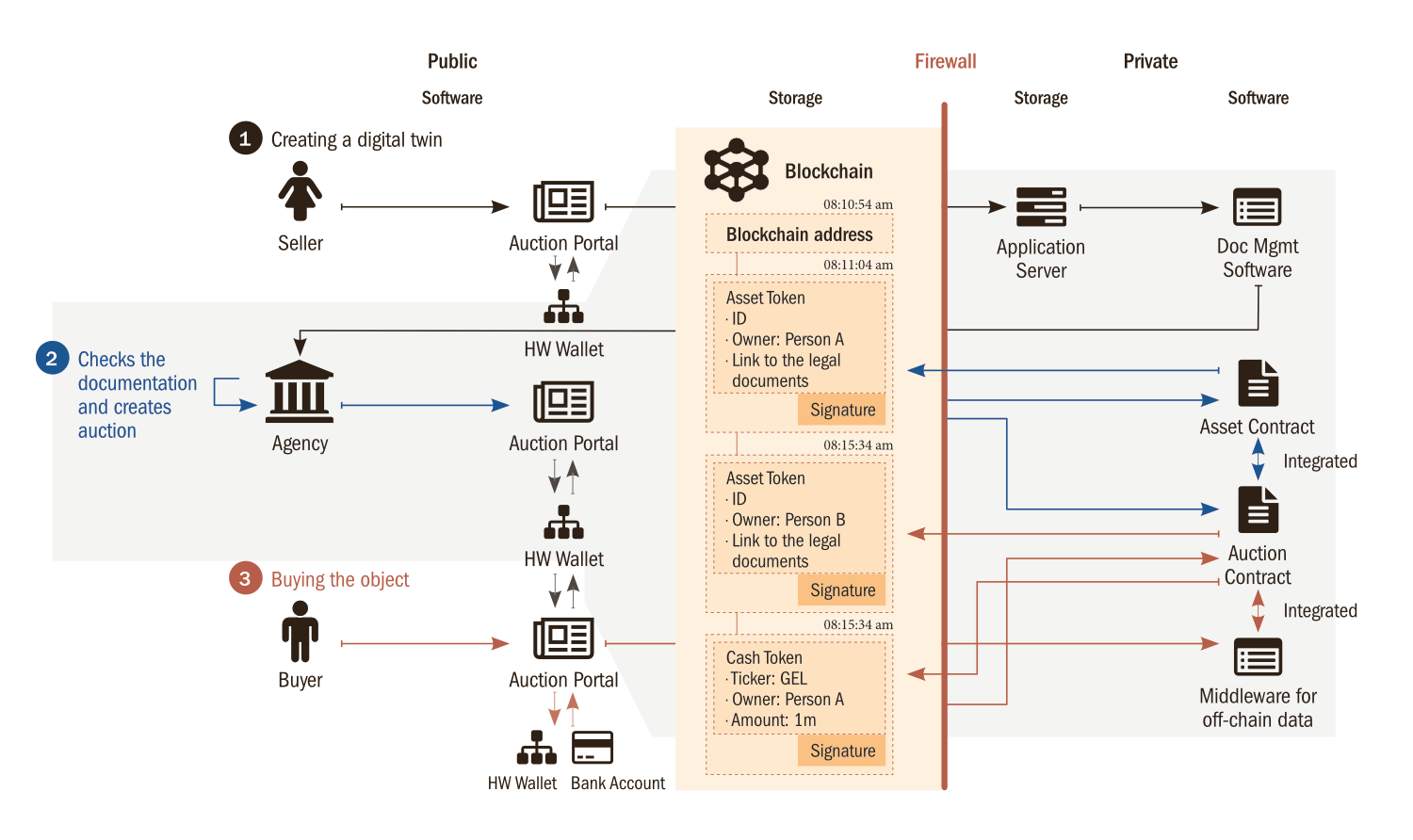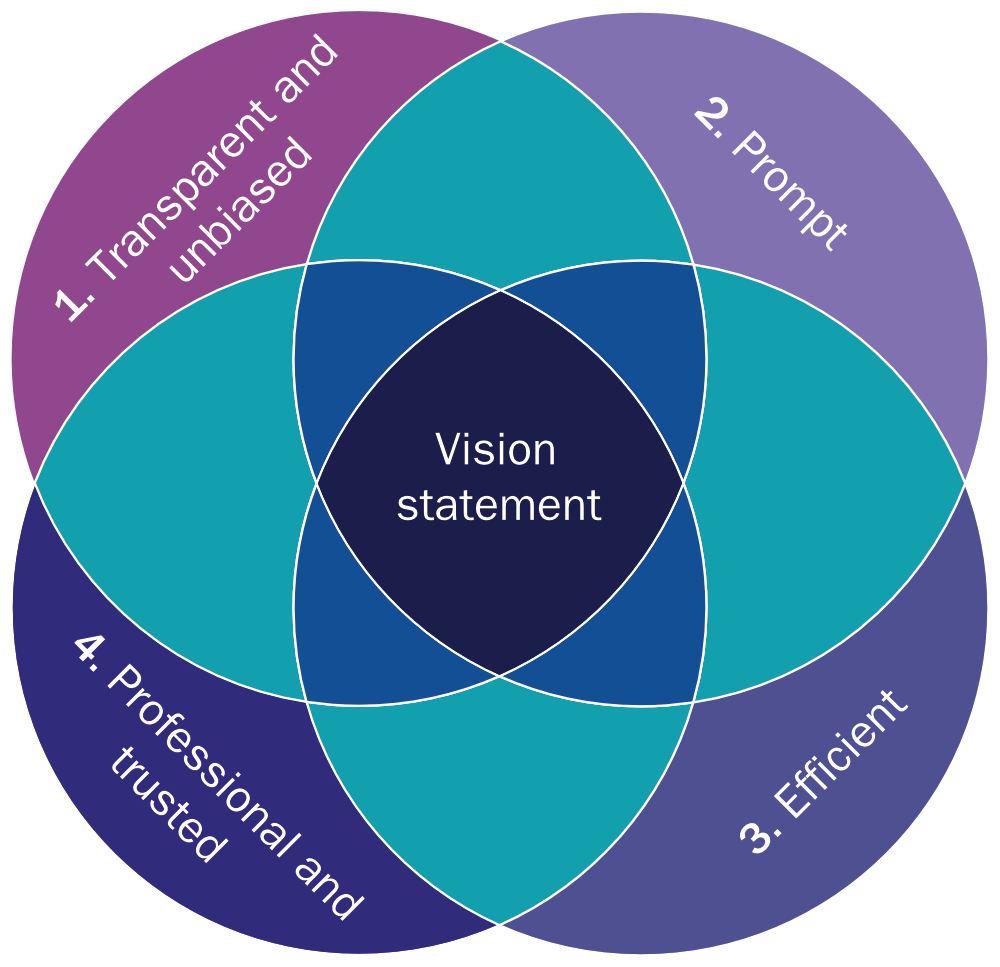Emerging markets embracing online courts – commercial courts for small value claims

What do we mean by online courts?
What was once the subject of science fiction movies and books – “AI Justices” and “robocops”– is moving a step closer to reality, spurred on, surprisingly, by a pandemic. We now rely on technologies to shop, meet and visit museums, and all we need for that is a computer and internet connection. These changes were slower to come to the courts, which have had a tendency to resist change; however, the pandemic is forcing the judicial sector to go digital as well.
The Covid-19 crisis has highlighted how much we rely on the paper-based, out-of-date and inefficient processes of existing courts. According to an EBRD survey in May 2020,1 because of the pandemic, courts in many countries had to close and postpone case hearings, limiting consideration to urgent matters (see Chart 1).
Source: EBRD survey of law firms in 20 jurisdictions, May 2020.
More concerning was that 70 per cent of the responding jurisdictions, including Armenia, Bulgaria, Georgia, Jordan, Moldova, Montenegro, Tunisia and Ukraine, expected a significant backlog in commercial courts because of these postponements. Interestingly, countries where remote hearings and written procedure could be rapidly employed, such as Estonia, did not envisage a significant backlog.
To counter the effects of the pandemic and continue their work, courts are making efforts to move online. Initially, this has been achieved by using emerging communication platforms, such as Zoom, Skype, Microsoft Teams, as well as pre-existing video equipment, to conduct court hearings. Case management systems, online payments for court fees, online submission of claims and remote access to case files for parties and judges – each plays a role in this transition. However, not many jurisdictions have all the elements of digital operations in place to ensure fully remote proceedings, hence the degree of preparedness to shift online varies.
Given that the transition has been in many ways ad hoc and partial, distinguishing remote court proceedings from the traditional ones involving physical presence has led to imprecise terminology. It may well be that in the future “traditional” proceedings will soon refer to both in-person processes and a hybrid of the physical and the virtual. In the meantime, there is often confusion as this new format has been called “online courts”.
Before the pandemic, the term online courts primarily meant court proceedings conducted based on document submissions (submitted electronically) and usually without court hearings.2 In this article we will follow that meaning for “online courts”. Consistent with the work of experts in this field, we will label the current process – driven by the exigencies of the pandemic – of courts moving existing processes online as remote courts.3
Source: EBRD survey of law firms in 20 jurisdictions, May 2020.
Why transform the courts? Remote courts versus online courts
The innovative idea behind online courts is the opportunity to revisit the way court services are delivered and consider new approaches that would ease access to justice. Transferring existing proceedings to online and remote formats, though, is not enough (remote courts).
We believe there is a strong public consensus among those accessing justice that courts and court proceedings are complex, expensive (be it for the parties or for the state), slow and, overall, an intimidating endeavour. Data show that, while access to justice (civil and criminal) is a human right, roughly 50 per cent of the population can exercise that right.4
This also applies to the business communities, where small companies and individual entrepreneurs tend to avoid the courts at the expense of not being able to enforce their rights. For example, in Ukraine, businesses indicate that breakdown in the rule of law and the lack of law enforcement are major challenges to doing business.5 In the Western Balkans, foreign-owned firms similarly perceive courts as one of the major obstacles in conducting business.6
As a consequence, policymakers should take this opportunity to consider ways to make court proceedings more effective and efficient. In particular, court services need to be made suitable and user-friendly for the litigants, beyond focusing on improving processes for judges, lawyers and court staff.7
“The Covid-19 crisis has highlighted how much we rely on the paper-based, out-of-date and inefficient processes of existing courts.”
The authors would like to thank Patricia Zghibarta, Consultant, EBRD, and Christina Heliotis, Consultant, EBRD, for their research and drafting of the EBRD discussion paper on the same subject matter, which the authors used in part for the information and data for this article. Special thank you to Patricia for her help with the data and data sources for this article.






































